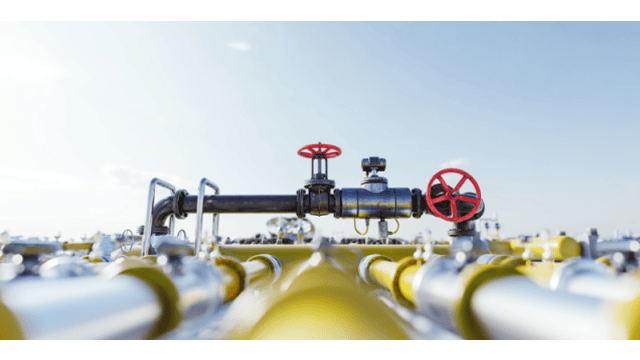Winter Savings: Tips for Reducing Energy Costs

Winter is officially here, and with the winter season comes the inevitable roller coaster of weather forecasts, winter storms and energy costs. For businesses, heating your buildings and facilities could be one of your largest expenses and operating costs, and with market volatility settling in for the foreseeable future, many areas of the country will likely continue to experience higher costs for natural gas and electricity.
Below are a few ways to lower your organizations’ energy usage:
- Program Your Thermostats
Keeping your thermostats as little as one or two degrees lower in the winter can be impactful to reducing energy usage and yielding cost savings. Go one step further by opting for programmable thermostats, keeping it cooler at night and warming up in the morning before employees start arriving.
- Make Use of the Right Lighting
LEDs can yield savings of up to 78% in electricity lighting costs. Another easy option is to install occupancy sensors, as well as maximize your use of natural lighting by opening blinds to let the sun naturally warm your space by a few (free) degrees.
- Turn off Equipment When Not in Use
From computer monitors to appliances, turn off AND unplug equipment and appliance to conserve energy usage. This could include everything from office equipment to small kitchen appliances.
- Maintain or Upgrade your Heating System
Regularly change filters, schedule routine maintenance so that it doesn’t fall to the wayside, properly seal heating ducts, and/or upgrade to energy efficient equipment. Dirty filters require your system to work harder, plus avoiding regular maintenance of your furnace, heat pump or boiler will yield unwelcome costs for repair in the future.
- Reduce Peak Demand
Reduce your usage – when possible – during peak demand times, which are typically in the 9-5 range. Try staggering work hours, or running heavy, energy-intensive equipment during the evening or early morning hours.
- Participate in a Demand Response Program
Demand response is a financially rewarding energy solution that reduces your organization’s energy usage during periods of high stress to the electric grid.
- Conduct an Energy Audit
Have a professional perform a full assessment of your facilities, from lighting to air leaks, to set a baseline for energy reduction.
- Adjust Your Water Heater Thermostat
Keeping your water heater at the ‘warm’ setting can contribute to reduced usage and improved energy savings.
- Consider a Retail Energy Supplier
If you’re in a deregulated state for electricity or natural gas, you can benefit from energy choice.
- Educate Your Employees & Secure Employee Buy-in
Educate your teams on the benefits (both financial and environmental) and communicate effectively so that everyone is on board and doing their part.
APPI Energy is a TRSA Business Solutions Partner, and is here to assist and advise on your energy-management needs. Click here for more information. For a one-pager on saving energy this winter, click here.
